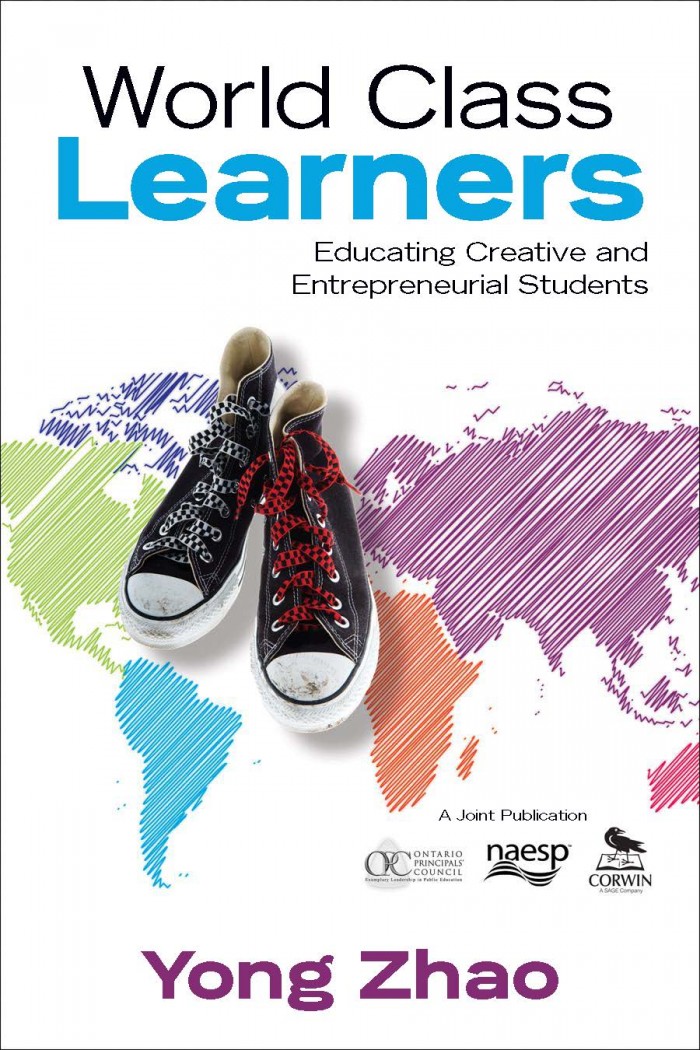PISA Peculiarities (4): High Test Scores, Low Life Satisfaction
PISA has many peculiar and surprising discoveries…
PISA wants to offer advice on anything and everything considered important to students in the world so it has decided to jump on the bandwagon of student well being. Life satisfaction is a very important aspect of well being because it “is closely associated with happiness, and can enable the kinds of healthy habits and attitudes that lead to a successful, fulfilling life.” Thus PISA wants to “help educators, schools and parents promote positive development amongst youth, and identify and support students who experience emotional or behavioural distress” “[b]y providing insights into adolescents’ self-perceptions about how satisfied they are with their lives” (OECD, 2019, p. 154).
Below are some interesting findings PISA has uncovered from its 2018 round regarding life satisfaction and reading scores.
First, “students in low-achieving countries tended to report higher levels of life satisfaction than students in high-achieving countries… Moreover, in most East Asian countries and economies, such as Beijing, Shanghai, Jiangsu and Zhejiang (China) (hereafter “B-S-J-Z [China]”), Hong Kong (China), Japan and Macao (China), students scored above the OECD average in reading, but reported lower levels of life satisfaction than the average 15-year-old student in OECD countries” (OECD, 2019, p. 160).

Second, “students who were classified as ‘very satisfied’ with their lives scored 16 points lower in reading than more dissatisfied students, after accounting for students’ and schools’ socio-economic profile. In Hong Kong (China), Malta and the United States, ‘very satisfied’ students scored at least 30 points lower in reading than other students. Lebanon was the only county where ‘very satisfied’ students scored higher in reading than other students” (OECD, 2019, p. 160).
Third, PISA 2018 results show “a trend towards poorer reading performance amongst both students with very high and very low levels of life satisfaction… reading scores were lower amongst students who reported between 0 and 4, and 9 or 10 on the life-satisfaction scale, while reading scores were higher amongst students who reported 5 through 8 on the scale” (OECD, 2019, p. 161).
Fourth, “students who reported being not satisfied with their lives scored five points lower in reading than students who were more satisfied with their lives, after accounting for students’ and schools’ socio-economic profile (as measured by the PISA index of economic, social and cultural status). In many of the PISA-participating countries and economies, a negative association of at least a similar magnitudewas found between low satisfaction with life and reading performance, after accounting for students’ and schools’ socio-economic profile” (OECD, 2019, p. 161).
References:
OECD. (2019). PISA 2018 Results (Volume III): What School Life Means for Students’ Lives. Retrieved from https://doi.org/10.1787/acd78851-en.




























Feel free to comment:
The views expressed on this site are entirely my own. They do not represent my employer or any other organization/institution. All comments are subject to approval.